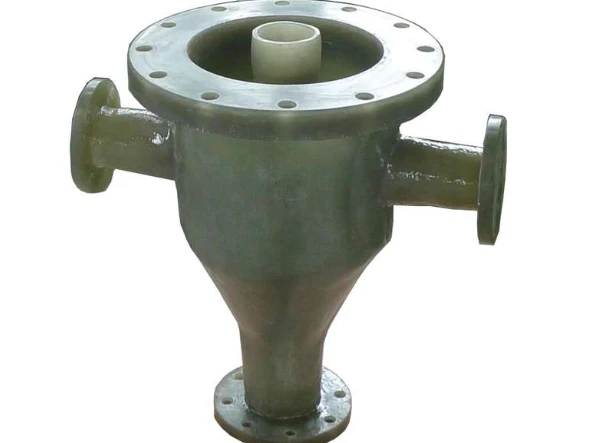
-
 Afrikaans
Afrikaans -
 Albanian
Albanian -
 Amharic
Amharic -
 Arabic
Arabic -
 Armenian
Armenian -
 Azerbaijani
Azerbaijani -
 Basque
Basque -
 Belarusian
Belarusian -
 Bengali
Bengali -
 Bosnian
Bosnian -
 Bulgarian
Bulgarian -
 Catalan
Catalan -
 Cebuano
Cebuano -
 China
China -
 China (Taiwan)
China (Taiwan) -
 Corsican
Corsican -
 Croatian
Croatian -
 Czech
Czech -
 Danish
Danish -
 Dutch
Dutch -
 English
English -
 Esperanto
Esperanto -
 Estonian
Estonian -
 Finnish
Finnish -
 French
French -
 Frisian
Frisian -
 Galician
Galician -
 Georgian
Georgian -
 German
German -
 Greek
Greek -
 Gujarati
Gujarati -
 Haitian Creole
Haitian Creole -
 hausa
hausa -
 hawaiian
hawaiian -
 Hebrew
Hebrew -
 Hindi
Hindi -
 Miao
Miao -
 Hungarian
Hungarian -
 Icelandic
Icelandic -
 igbo
igbo -
 Indonesian
Indonesian -
 irish
irish -
 Italian
Italian -
 Japanese
Japanese -
 Javanese
Javanese -
 Kannada
Kannada -
 kazakh
kazakh -
 Khmer
Khmer -
 Rwandese
Rwandese -
 Korean
Korean -
 Kurdish
Kurdish -
 Kyrgyz
Kyrgyz -
 Lao
Lao -
 Latin
Latin -
 Latvian
Latvian -
 Lithuanian
Lithuanian -
 Luxembourgish
Luxembourgish -
 Macedonian
Macedonian -
 Malgashi
Malgashi -
 Malay
Malay -
 Malayalam
Malayalam -
 Maltese
Maltese -
 Maori
Maori -
 Marathi
Marathi -
 Mongolian
Mongolian -
 Myanmar
Myanmar -
 Nepali
Nepali -
 Norwegian
Norwegian -
 Norwegian
Norwegian -
 Occitan
Occitan -
 Pashto
Pashto -
 Persian
Persian -
 Polish
Polish -
 Portuguese
Portuguese -
 Punjabi
Punjabi -
 Romanian
Romanian -
 Russian
Russian -
 Samoan
Samoan -
 Scottish Gaelic
Scottish Gaelic -
 Serbian
Serbian -
 Sesotho
Sesotho -
 Shona
Shona -
 Sindhi
Sindhi -
 Sinhala
Sinhala -
 Slovak
Slovak -
 Slovenian
Slovenian -
 Somali
Somali -
 Spanish
Spanish -
 Sundanese
Sundanese -
 Swahili
Swahili -
 Swedish
Swedish -
 Tagalog
Tagalog -
 Tajik
Tajik -
 Tamil
Tamil -
 Tatar
Tatar -
 Telugu
Telugu -
 Thai
Thai -
 Turkish
Turkish -
 Turkmen
Turkmen -
 Ukrainian
Ukrainian -
 Urdu
Urdu -
 Uighur
Uighur -
 Uzbek
Uzbek -
 Vietnamese
Vietnamese -
 Welsh
Welsh -
 Bantu
Bantu -
 Yiddish
Yiddish -
 Yoruba
Yoruba -
 Zulu
Zulu
frp pipe
In the realm of industrial materials and construction, FRP (Fiber Reinforced Plastic) pipes have emerged as a revolutionary solution due to their unparalleled benefits and application versatility. As industries worldwide prioritize sustainability and cost-efficiency, FRP pipes are setting new benchmarks for what reliable infrastructure should entail.

Fiber Reinforced Plastic pipes are crafted from a blend of polymer matrices fortified with fibrous reinforcement, encompassing materials such as glass or carbon fibers. This intricate construction grants FRP pipes their remarkable strength-to-weight ratio, making them a go-to choice for engineers facing challenging terrains and demanding performance criteria.
In the oil and gas sector, FRP pipes have carved out a niche thanks to their outstanding resistance to corrosion. Unlike traditional metal piping, which succumbs to rust and decay over time, FRP pipes offer a robust solution that withstands chemical erosion. This quality dramatically reduces maintenance costs and ensures longevity—critical factors in high-stakes industries where pipeline failure is not an option.

Water and wastewater management systems also benefit enormously from the installation of FRP piping. These pipes are non-toxic, ensuring no contamination of potable water—a concern with some metal piping systems. Their smooth internal surface diminishes friction, enhancing flow efficiency and thus lowering energy costs associated with pumping systems. By choosing FRP, municipalities can expect an infrastructure that is more environmentally friendly and economically sensible.
Engineers and designers value FRP pipes for their ease of installation and transport. The lightweight nature of these pipes lowers labor and equipment costs during installation, a significant advantage over heavier metal counterparts. Additionally, their adaptability to varying temperature ranges and pressure conditions makes them an ideal choice for diverse project requirements, from residential complexes to industrial facilities.
frp pipe
From a sustainability perspective, FRP pipes present a compelling story. Their long lifecycle reduces the frequency of replacements, thereby minimizing waste. The production methods are evolving to further lessen environmental impact, with many manufacturers investing in greener production technologies and recycling programs. This aligns with global initiatives aiming to curb environmental degradation.
FRP pipes stand out not only due to their material properties but also because of their safety record. In scenarios like transporting flammable or hazardous materials, the non-conductive nature of FRP diminishes the risk of sparking and subsequent accidents. This inherent safety feature enhances operational trust and adherence to stringent safety regulations in sensitive environments.
Industry experts acclaim FRP pipes for their capacity to be customized according to specific project demands. Various fabrications and altering of wall thickness, diameter, and pressure ratings allow for specialized solutions that traditional piping methods cannot match. This customization is invaluable in settings that require precise engineering specifications.
Conclusively, the choice of FRP pipes is an investment in quality, performance, and sustainability. They embody a material that, established on cutting-edge research and real-world testing, offers unmatched durability and efficiency. As industries strive towards more sustainable infrastructures, FRP pipes are not merely an option; they are the future. This evolution in piping technology addresses present challenges while setting a precedent for excellence and reliability in industrial applications across the globe. As decision-makers vie for solutions that bolster operational efficiency and environmental responsibility, FRP pipes continue to underscore their indispensability in modern engineering projects.









